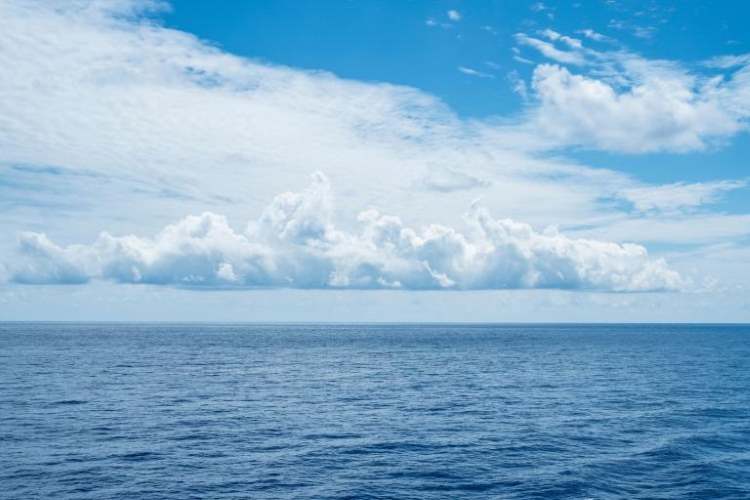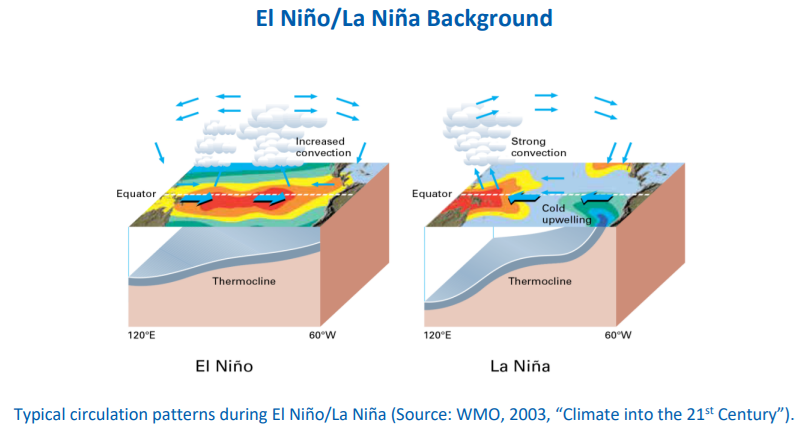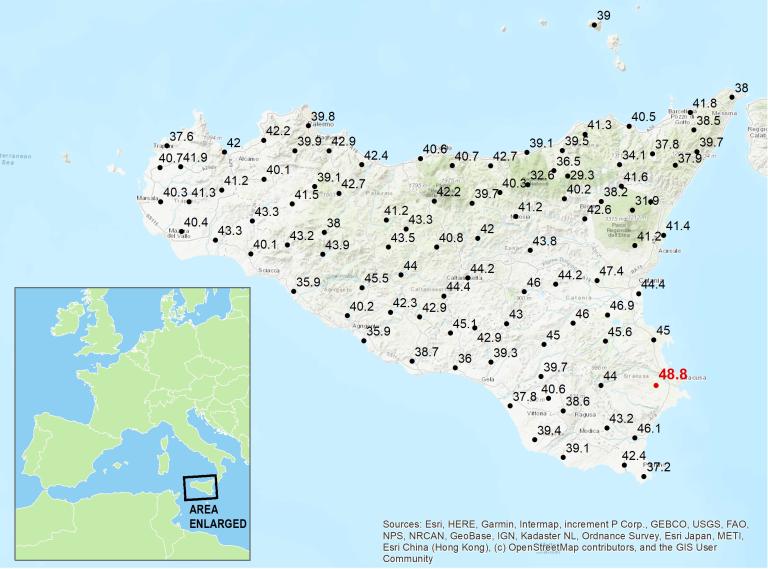
While El Niño is likely to subside this year, it still ranks among the five strongest on record. Consequently, countries like India may continue experiencing intense heatwaves throughout the ongoing year. The World Meteorological Organisation announced that the 2023-24 El Niño has peaked but will maintain its impact on global climate patterns in the coming months. According to the UN agency, all land areas are anticipated to experience above-normal temperatures from March to May. Last year marked the warmest on record due to prevalent El Niño conditions, resulting in record temperatures and extreme weather events worldwide.
El Niño is a significant climate pattern that influences weather patterns globally. It involves abnormally warm surface waters in the eastern tropical Pacific Ocean, causing significant alterations to typical atmospheric circulation patterns worldwide. For India, El Niño often results in drier conditions during the monsoon season (June to September). This naturally occurring climate pattern recurs every two to seven years and typically persists for nine to 12 months.
The robust El Niño significantly contributed to record-breaking global temperatures in 2023. While El Niño is expected to weaken this year, it may still induce hotter and drier conditions in India compared with normal years. However, there is a possibility that La Niña, which typically brings more rainfall to India, may develop later in the year, potentially affecting monsoon rains. The precise impact on India’s monsoon season remains uncertain. Indian experts have separately expressed optimism, suggesting that the peaking of El Niño may not significantly impact the monsoon, as El Niño typically does.
READ I Green hydrogen: Can India achieve global leadership in green energy
Global warming and El Niño
The European Union’s Copernicus Climate Change Service confirmed that the global mean temperature exceeded the 1.5-degree Celsius threshold for an entire year for the first time in January. While the world grapples with the menace of global warming, El Niño events can exacerbate its effects temporarily. This was evident in 2023, when not only did temperatures soar, but severe floods and other extreme weather events occurred. However, experts maintain that despite El Niño contributing to record temperatures, heat-trapping greenhouse gases remain the primary culprit.
Typically, El Niño has the most substantial impact on global climate patterns in the second year following its onset. Coincidentally, this year is 2024.

Sicily map with temperature

The World Meteorological Organisation anticipates a 60% chance of El Niño persisting from March to May and an 80% likelihood of neutral conditions (neither El Niño nor La Niña) from April to June. La Niña, the opposite of El Niño, entails cooler-than-average ocean temperatures in the eastern Pacific, often leading to increased rainfall in certain regions, potentially resulting in more monsoon rain for India. Scientists closely monitoring developments in India suggest that if La Niña conditions emerge between June and August, monsoon rains could be more abundant this year than in 2023.
Estimates from Indian meteorologists indicate that India will experience a brief spring followed by a harsh summer this year, with El Niño conditions gradually transitioning to neutral conditions by June, paving the way for La Niña by September.
El Niño is a natural phenomenon, beyond human intervention. However, unprecedented natural events and extreme weather conditions are exacerbated by human activities fuelling rising temperatures. Climate change is often the underlying cause of such events, and countries like India are likely to bear the brunt of increasing heatwaves. Projections suggest that by 2100, the warmest day and coldest night could be 4.7 and 5.5 degrees Celsius warmer, respectively.
Climate change mitigation and adaptation must remain top priorities for government and policymakers as India prepares for more such events. Mitigation strategies should involve increased investments in renewable energy sources like solar, wind, and hydro power. Furthermore, focus must also be directed towards adaptation strategies, including investments in early warning systems for extreme weather events such as heatwaves and floods, to minimise damage, and the construction of infrastructure capable of withstanding such events, such as stronger sea walls and flood-resistant buildings.
